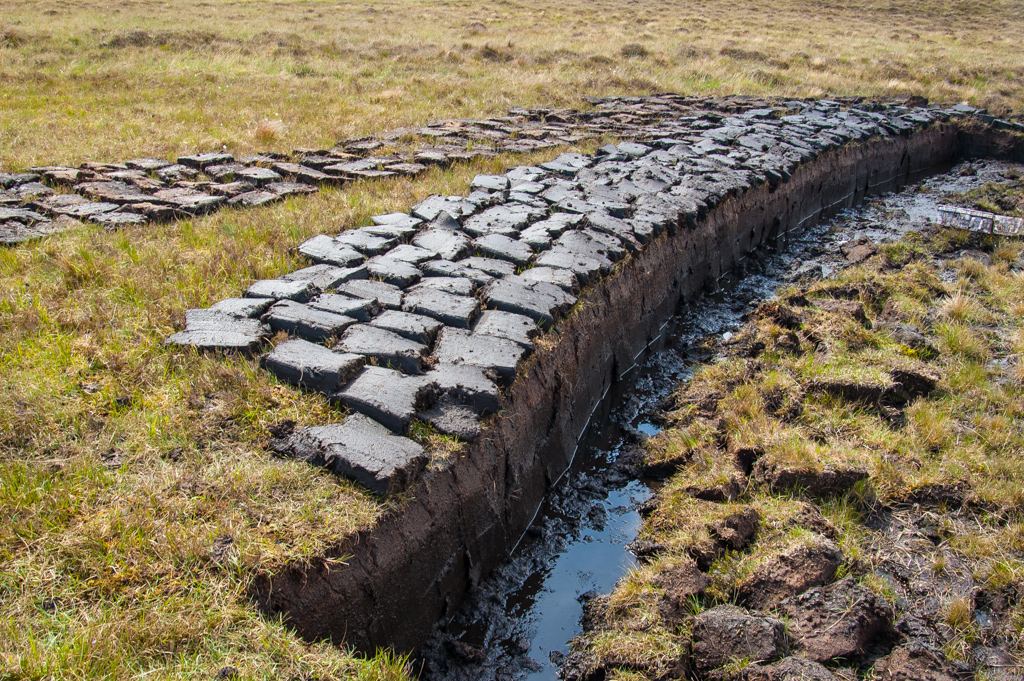What is Peated Whisky?


by Matt Chambers
at Whisky for Everyone
17.3.23 09:13
Peated whisky is a style that uses peat to flavour the spirit. Until recently it was one of the defining aspects of Scotch whisky, but now others are using peat in whisky around the world. In Scotland, peated whiskies are some of the most desirable and collectable on the market and are backed by plenty of heritage and tradition.
The style is particularly associated with Islay, a small island sitting at the bottom of the Hebridean chain off the west coast of Scotland. The Queen of the Hebrides, as the island is known, is home to nine distilleries with a couple more in the pipeline. It is a hotbed for peated whisky.
However, the extreme smoky flavours can be an acquired taste. Their flavour profile divides opinions – you either love them or hate them. Those that love them tend to be fanatical. But there are nuances within the genre creating differing styles with regional variations at play, different peat used, and smoking levels altered.
Characteristics of Peated Whiskies
Peated whiskies are often described as smoky and earthy. The rich and deep smoky aromas and bold flavours can be intense but can also be used in more subtle ways. Lower peat levels give depth and earthiness to a whisky, like seasoning food with salt and pepper.
Key descriptors range from ashy bonfire embers and tar to surgical bandages, medicinal notes, and iodine. These tend to relate to coastal or island whiskies. Mainland Scottish bottlings can show softer, sweeter, and gentler smoke with notes of floral honey, subtle smoky spices and burnt caramel.
Leading Brands of Peated Whisky
What is the best peated whisky? Laphroaig is the biggest-selling Scotch single malt whisky in the peated category and consistently sits in fifth place for sales – only Glenfiddich, Glenlivet, Macallan and Glenmorangie outsell it.
However, the largest Scotch peated whisky in terms of sales is Johnnie Walker Black Label. This uses a high proportion of Hebridean malts as part of the blend, predominantly Caol Ila from Islay and Talisker from Skye.
Lighter styles with more subtle peat influence include Highland Park from the Orkneys, Kilchoman from Islay, plus Benriach and Benromach from Speyside. At the other end of the scale, and sitting alongside Laphroaig, are heavily peated whiskies from Islay including Ardbeg, Lagavulin, plus Port Charlotte and Octomore from Bruichladdich.
A mid-range of smokiness is represented by Bowmore and Caol Ila from Islay, Talisker from Skye and Ledaig, which is made at the Tobermory distillery on Mull.
What is Peat?
Peat is a dense material made from vegetation that is decayed and compacted over thousands of years. Peat forms when an area is waterlogged for a prolonged period, and this slows the natural decomposition rate of vegetation.
The peat can be several metres deep and is slow growing – it generates about one millimetre per year. Therefore, peat at a depth of three metres is 3,000 years older than that on the surface.
The vegetation contained within the peat is dependent on location. This commonly includes moss, fern, bracken, heather, tree roots and grass. However, in areas such as the west coast of Scotland and Hebridean islands this can also include seaweed and kelp as they were historically below sea level.
Peat bogs are highly acidic and support flora and fauna adapted to live in such challenging conditions. If left long enough peat would eventually be compressed enough to form coal and then oil.
Peat bogs cover large areas of the Earth’s surface, including significant parts of Scotland and Ireland, and are one of the most efficient environments for storing carbon. This makes peat high in energy when burned.



